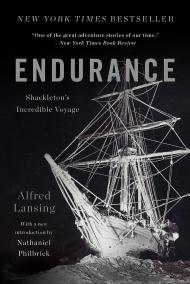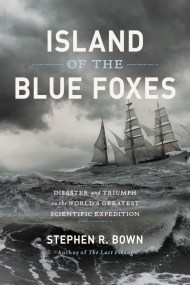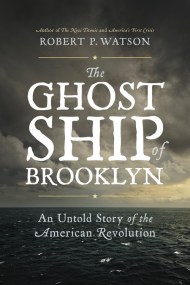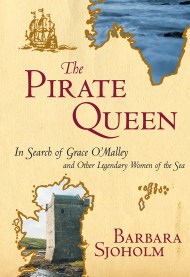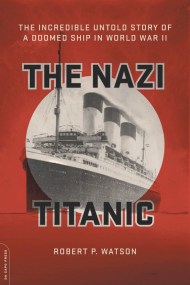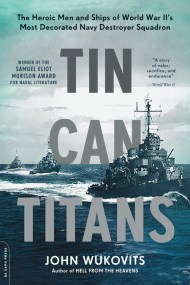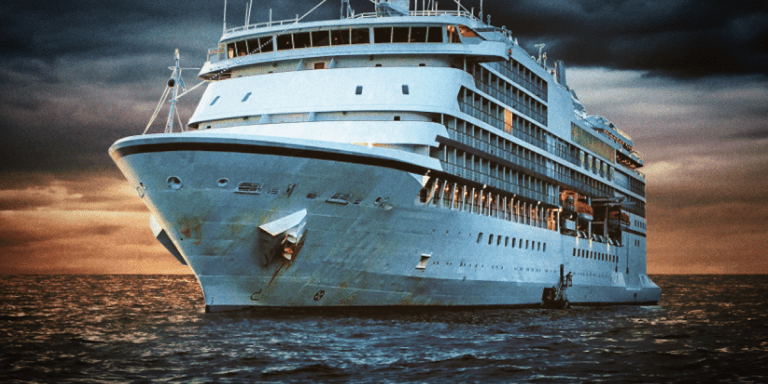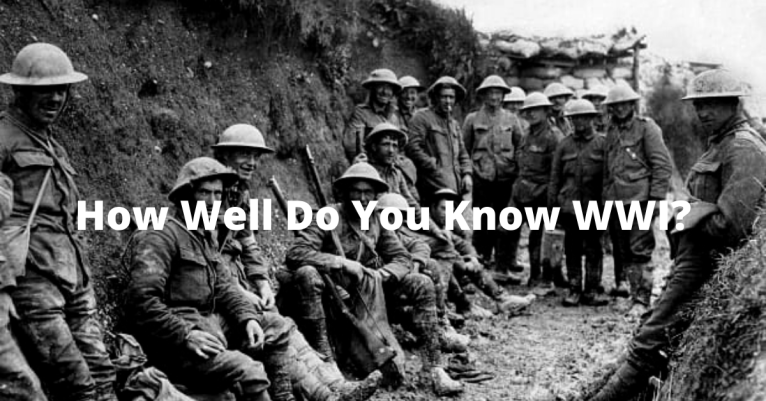Nautical Nonfiction About Historic Ships and Shipwrecks
This year marks the 110th anniversary of the sinking of the RMS Titanic, a British steamship that sank in 1912 after striking an iceberg off the coast of Newfoundland. This tragedy is most famously depicted in the 1997 film “Titanic” starring Kate Winslet and Leonardo DiCaprio (this film turns 25 this year!). But do you know the stories of the SS Cap Arcona a luxury liner that was seized by Nazis? The story of Captain Shackleton and his quest to reach Antarctica? Check out our list of gripping nonfiction to learn more about historic ships and shipwrecks around the world.
After rewriting history with their discovery of a Nazi U-boat off the coast of New Jersey, legendary divers John Chatterton and Richie Kohler decided to investigate the great enduring mystery of history’s most notorious shipwreck: Why did Titanic sink as quickly as it did? To answer the question, Chatterton and Kohler assemble a team of experts to explore Titanic, study its engineering, and dive to the wreck of its sister ship, Brittanic, where Titanic’s last secrets may be revealed.
Experience one of the greatest adventure stories of the modern age in this New York Times bestseller: the harrowing tale of British explorer Ernest Shackleton’s 1914 attempt to reach the South Pole. In August 1914, polar explorer Ernest Shackleton boarded the Endurance and set sail for Antarctica, where he planned to cross the last uncharted continent on foot. In January 1915, after battling its way through a thousand miles of pack ice and only a day’s sail short of its destination, the Endurance became locked in an island of ice. When their ship was finally crushed between two ice floes, they attempted a near-impossible journey over 850 miles of the South Atlantic’s heaviest seas to the closest outpost of civilization.
The story of the world’s largest, longest, and best financed scientific expedition of all time, triumphantly successful, gruesomely tragic, and never before fully told. The immense 18th-century scientific journey, variously known as the Second Kamchatka Expedition or the Great Northern Expedition, from St. Petersburg across Siberia to the coast of North America, involved over 3,000 people and cost Peter the Great over one-sixth of his empire’s annual revenue. Until now recorded only in academic works, this 10-year venture, led by the legendary Danish captain Vitus Bering and including scientists, artists, mariners, soldiers, and laborers, discovered Alaska, opened the Pacific fur trade, and led to fame, shipwreck, and “one of the most tragic and ghastly trials of suffering in the annals of maritime and arctic history.
The most horrific struggle of the American Revolution occurred just 100 yards off New York, where more men died aboard a rotting prison ship than were lost to combat during the entirety of the war. Revealing for the first time hundreds of accounts culled from old newspapers, diaries, and military reports, award-winning historian Robert P. Watson follows the lives and ordeals of the ship’s few survivors to tell the astonishing story of the cursed ship that killed thousands of Americans and yet helped secure victory in the fight for independence.
The Pirate Queen begins in Ireland with the infamous Grace O’Malley, a ruthless pirate and scourge to the most powerful fleets of sixteenth-century Europe. Since ancient times, women have rowed and sailed, commanded and fished, built boats and owned fleets. As pirate, captain’s wives, lighthouse keepers and sailors in disguise they’ve explored coastlines and set off alone across unknown seas. In The Pirate Queen, Barbara Sjoholm brings some of these extraordinary women back to life, taking the reader on an unforgettable journey from the wild Irish coast to the haunting Scandinavian fjords in this meticulously researched, colorfully written, and truly original work.
Built in 1927, the German ocean liner SS Cap Arcona was the greatest ship since the RMS Titanic and one of the most celebrated luxury liners in the world. When the Nazis seized control in Germany, she was stripped down for use as a floating barracks and troop transport. Later, during the war, Hitler’s minister, Joseph Goebbels, cast her as the “star” in his epic propaganda film about the sinking of the legendary Titanic. Robert P. Watson has unearthed forgotten records, conducted many interviews, and used over 100 sources, including diaries and oral histories, to expose this story. As a result, The Nazi Titanic is a riveting and astonishing account of an enigmatic ship that played a devastating role in World War II and the Holocaust.
An epic narrative of World War II naval action that brings to life the sailors and exploits of the war’s most decorated destroyer squadron. When Admiral William Halsey selected Destroyer Squadron 21 (Desron 21) to lead his victorious ships into Tokyo Bay to accept the Japanese surrender, it was the most battle-hardened US naval squadron of the war. Through diaries, personal interviews with survivors, and letters written to and by the crews during the war, preeminent historian of the Pacific theater John Wukovits brings to life the human story of the squadron that bested the Japanese in the Pacific and helped take the war to Tokyo.

